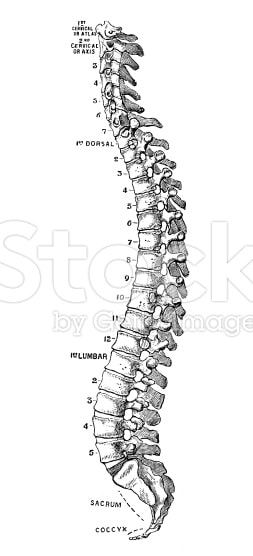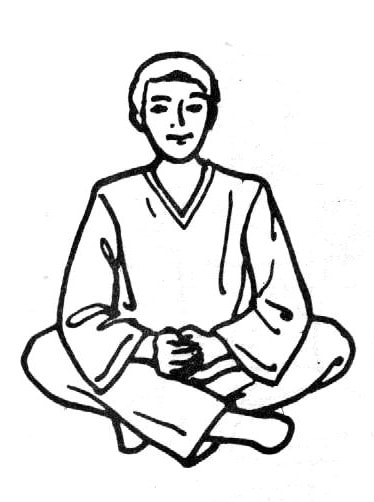|
"An ounce of prevention is worth a pound of cure." And in fact truth be told, sitting is really effortless. When the spine is stacked properly one segment over another, it needs the least energy and muscle work to maintain upright position. The ligaments and other soft tissue relax and are rejuvenated through oxygen exchange, during this still period. When one does not pay attention to good posture, joints and ligaments are taxed, muscles are stretched at places and tightened at others. Hence the importance of a “neutral spine.” A neutral spine is not a rigid or fixed position and does not mean maintaining a specific joint angle. It varies from person to person. Then how do you know when you have a neutral stress free posture? You simply know it is good since you are most relaxed in that position.
It is important to differentiate this, (and I cannot stress this enough), from a temporary relaxed posture, which may feel good at the time (perhaps even put you to sleep when you should not), however is not based on awareness of good body position or neutral joint position. If you have experienced any sort of back discomfort/pain, (do you wake up from sleep with pain or discomfort?) you know what I am saying. Good posture actually means being alert and attentive to the present moment allowing one to put in their best at work. Ready to try the seated posture? Cross legged sitting on the floor is best for you. If you like, you can pull a chair- the intention here is to sit without back support. • Base of support should be wide and stable- here it is all the area between feet on the floor to ischial tuberosity (bony prominence of the pelvis in buttock area) • Spinal column should be elongated so that the intervertebral discs between the vertebrae are decompressed- imagine a string hanging down from the ceiling to the crown of your head, pulling you upwards. This results in normal spinal curves with neutral spine- lordosis in cervical and lumbar spine and kyphosis in thoracic spine and sacrum. It is only a matter of bringing awareness to a neutral spine. • Gaze should be fixed straight ahead. • Now breathe. Inhale and make sure the lungs are able to inflate to their maximum. Slowly exhale as long as you can and let air out- consider analogy of inflating/deflating(slow) balloon. You could be reading or working on computer in this position. Be aware of posture and neutral spine and get up or change position, stretch if you have to. You may start sitting for 5 minutes and build it up to 15-30 minutes. The longer you hold, the better, since at that time, your body is converting white fast fibers into slow, red postural fibers and it only gets easier to sit longer periods. Concurrently, you will see effortless translation of this good posture into activities of daily life and that you do not have to do anything special - your awareness in general will increase when at work, or seated at home. Enjoy the weekend!
0 Comments
Your comment will be posted after it is approved.
Leave a Reply. |
Details
AuthorAmi Gandhi is a licensed physical therapist in the state of California. She is the owner of StableMovement Physical Therapy, a small boutique practice in San Jose that offers patient centered, one-on-one, hands-on physical therapy. Archives
March 2018
Categories |


